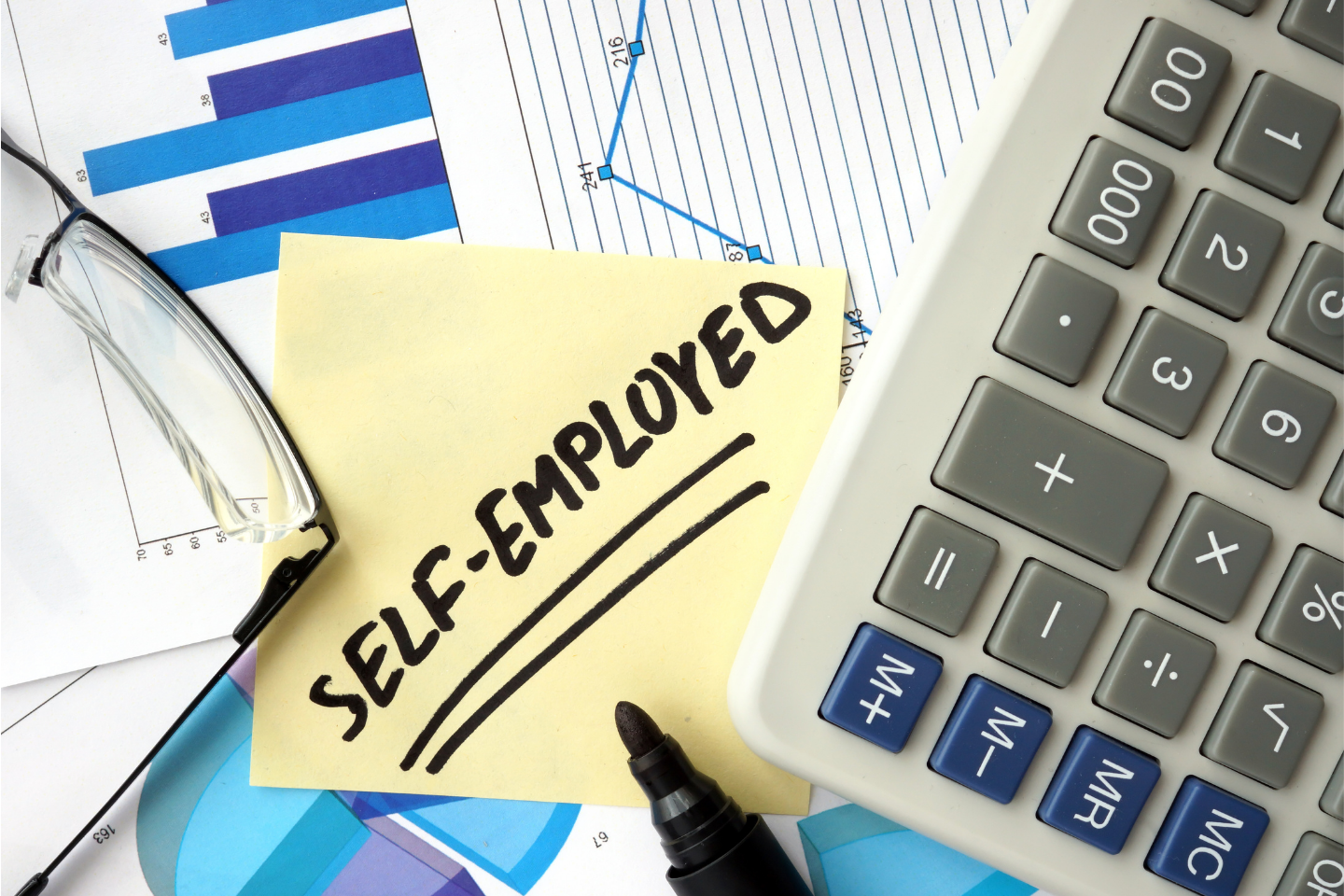February 2024 Cash Rate
This article is by Logan Home Loans.
Helping families & businesses with their finance goals!
Property and cash rate predictions for 2024
In the first cash rate announcement of the year, the Reserve Bank of Australia (RBA) has held the cash rate at 4.35%. This follows the release of inflationary data that shows the rate of annual inflation decreased in November (4.3%) compared to October (4.9%).
Before 2023 fades from the rearview mirror, we wanted to take a second to turn back and have a look at what we faced and look ahead at what 2024 might bring.
Property
Despite many economists predicting a fall in house prices, we saw quite the opposite. According to Ray White data, the median house price across the nation increased by 8.2% and the median unit price increased 5.7%. Perth was the strongest market seeing a 15.3% growth in house prices over the year. Adelaide saw the largest increase in unit prices, increasing 10.4%.
2024 predictions
Ray White Chief Economist, Nerida Conisbee said factors such as population growth, interest rate changes and economic growth attracting investors could play a role in prices in 2024.
“The probability of a rate cut is now far higher than it was less than six weeks ago. If this does happen, it is likely to fuel price growth in not only our largest cities but also other parts of the country,” she said.
The major banks have forecast an expectation property prices will increase at a slower rate in 2024. A report released by CBA predicted a 5% lift in home prices this year saying “constrained supply and robust underlying demand”
A recent CoreLogic survey collected responses from 1,400 real estate agents and found 59% strongly believed rising interest rates would have the biggest impact on property prices in 2024.
Cash rate
The cash rate has increased 13 times since May 2022 - increasing by 4.25 percentage points. Last year alone saw the cash rate grow from 3.10% in January to 4.35% by the year’s end. That’s an increase of 1.25 percentage points that was then passed onto interest rates on products such as home loans.
2024 predictions
The big four have all predicted the cash rate has hit its peak with a chance the RBA will begin making cuts in the last quarter of the year. The predicted rate in December ranges from 3.60% up to 4.10% with further cuts predicted by economists through 2025.
Home loan interest rates
According to the RBA, the average home loan rate before the cash rate increases in May 2022 was 2.86%. By November 2023 it was 6.39% (keep in mind this is existing loans, which includes fixed-rate). According to Loan Market data, the average home loan in 2023 was $642,555. On a 25-year term paying principal and interest, that would be a difference of $1,292 a month with the monthly repayments today being $4,292.
2024 predictions
It is hard to predict where interest rates will be by the end of the year as some banks may compete more aggressively by cutting rates or offering deals. If we look at the cash rate predictions by the big four of cuts between .75 to .25 percentage points and apply that to the average interest rate in November of 6.39%, it would bring the interest rate to to between 5.64%-6.14%, if the lender passed on the cash rate cuts in full. This would save the above scenario between $292 to $97 per month.




